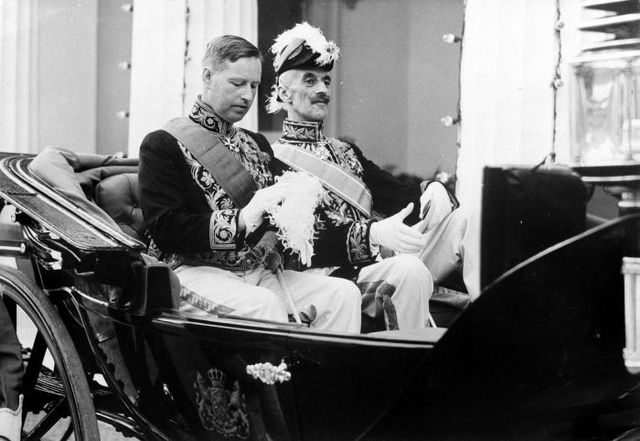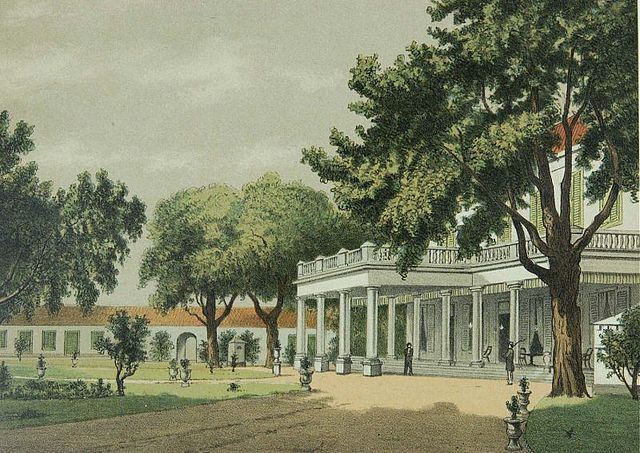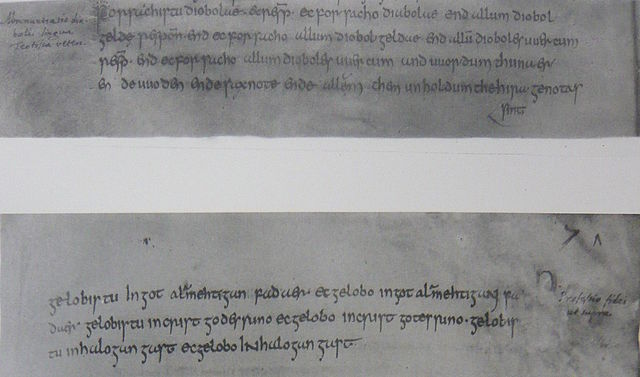The Dutch East Indies, also known as the Netherlands East Indies, was a Dutch colony with territory mostly comprising the modern state of Indonesia, which declared independence on 17 August 1945. Following the Indonesian War of Independence, Indonesia and the Netherlands made peace in 1949. In the Anglo-Dutch Treaty of 1824, the Dutch ceded the governorate of Dutch Malacca to Britain, leading to its eventual incorporation into Malacca (state) of modern Malaysia.
The Submission of Prince Dipo Negoro to General De Kock, by Nicolaas Pieneman
Tjarda van Starkenborgh Stachouwer and B. C. de Jonge, the last and penultimate governor-general of the Dutch East Indies, before the Japanese invasion
The governor-general's palace in Batavia (1880–1900)
House of the Resident (colonial administrator) in Surabaya
Dutch is a West Germanic language, spoken by about 25 million people as a first language and 5 million as a second language and is the third most spoken Germanic language. In Europe, Dutch is the native language of most of the population of the Netherlands and Flanders. In South America, it is the native language of the majority of the population of Suriname, and spoken as a second language in the polyglot Caribbean island countries of Aruba, Curaçao and Sint Maarten. All these countries have recognised Dutch as one of their official languages, and are involved in one way or another in the Dutch Language Union. Dutch Caribbean municipalities have Dutch as one of the official languages too. Up to half a million native speakers reside in the United States, Canada and Australia combined, and historical linguistic minorities on the verge of extinction remain in parts of France and Germany.
The Utrecht baptismal vow
Title page of the Statenvertaling (1637) reads: Biblia ... Uyt de Oorspronckelijcke talen in onse Neder-landtsche tale getrouwelijck over-geset. (English: From the Original languages into our Dutch language faithfully translated.
Indonesia did not adopt the Dutch language after independence. However the Indonesian language absorbed a lot of Dutch vocabulary into its language. Seen here is the kantor pos (from Dutch postkantoor), meaning post office.
Standard Dutch used in a 1916 ad in South Africa before Afrikaans replaced Dutch for use in media








